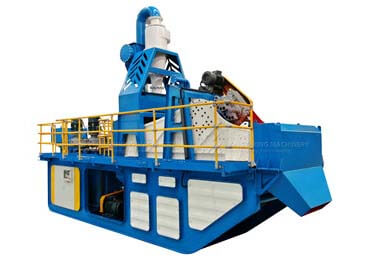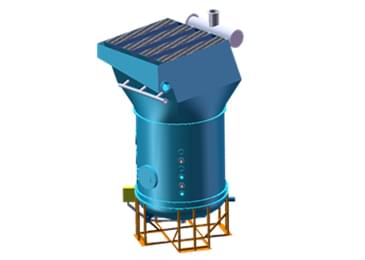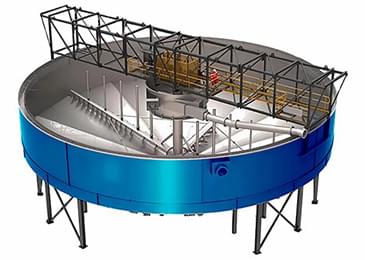The difference between artificial sands and natural sand
2022-06-02
The production capacity of natural sand and gravel has also dropped sharply. So compared with various natural sand and gravel materials such as river sand, sea sand, and mountain sand, what are the advantages of artificial sand? What’s the difference?
The difference between artificial sands and natural sand
1. Appearance
artificial sands and is the sand and gravel material obtained after crushing by suitable crushers and other professional sand-making equipment. Compared with natural river sand, it has the characteristics of sharp edges and corners, and many needles.
Distinguish mechanism sand and river sand from the appearance
The river sand is directly excavated from the river, so it will be mixed with small pebbles and fine sand. These small pebbles are washed by the river for a long time, and the edges and corners are relatively round.
The edges and corners of the artificial sands and produced by the sand and gravel equipment are relatively sharp and distinct.
2. Robustness and durability
The firmness of the artificial sands and is slightly worse than that of the river sand, but it still reaches the high-quality index of the GB/T141684293 standard, and there is no problem in using it in ordinary concrete. However, when used in concrete components that are often subjected to frictional impact, in addition to admixtures, the lime-sand ratio of concrete, the crushing index of sand, and the content of stone powder should also be controlled.
3. Stone powder content
The high powder content is an important feature of artificial sands and that is different from natural river sand. When distinguishing, we should distinguish the powder content of artificial sands and the mud content of natural sand.
The mud content of natural sand means that the particle size is less than 0.075mm, it is composed of viscous clay particles, the plasticity index is large, and it has no connection effect with the crystalline stone after cement hydration, so the mud content of natural sand is directly The composition that affects the strength of concrete.
The powder content of artificial sands and the finely ground rock powder is less than 0.075mm. It cannot react with cement hydration, but it can have an excellent connection with cement crystalline stone, and play the filling effect of micro-aggregate in the internal structure.
In fact, if the powder content of artificial sands does not exceed 20%, it will have no adverse effect on the coagulation time and strength development of concrete, and it has a good effect on the workability, pumpability, and strength of the added concrete mixture. Better performance.
4. Adhesion and compression resistance
The particle size of artificial sands is irregular. When using cement and other structures to bond, it tends to have better adhesion, more compression resistance, and longer service life.
5. Composition
Artificial sand is generally artificially selected raw materials, the material is uniform and stable, the mineral composition and chemical composition are consistent with the raw materials, and it is not as complicated as natural sand.
6. Fineness modulus
General natural sand, one kind of fineness modulus, can have various gradations, the fineness modulus of artificial sands can be controlled artificially through the production process, and the production can be organized according to user requirements, which is impossible for natural sand.
In summary, artificial sands not only have a wide range of sources, stable material, easy operation and control, good performance, and can meet the needs of construction, but also is economical and feasible, and it is also very beneficial to the protection of the natural environment.









